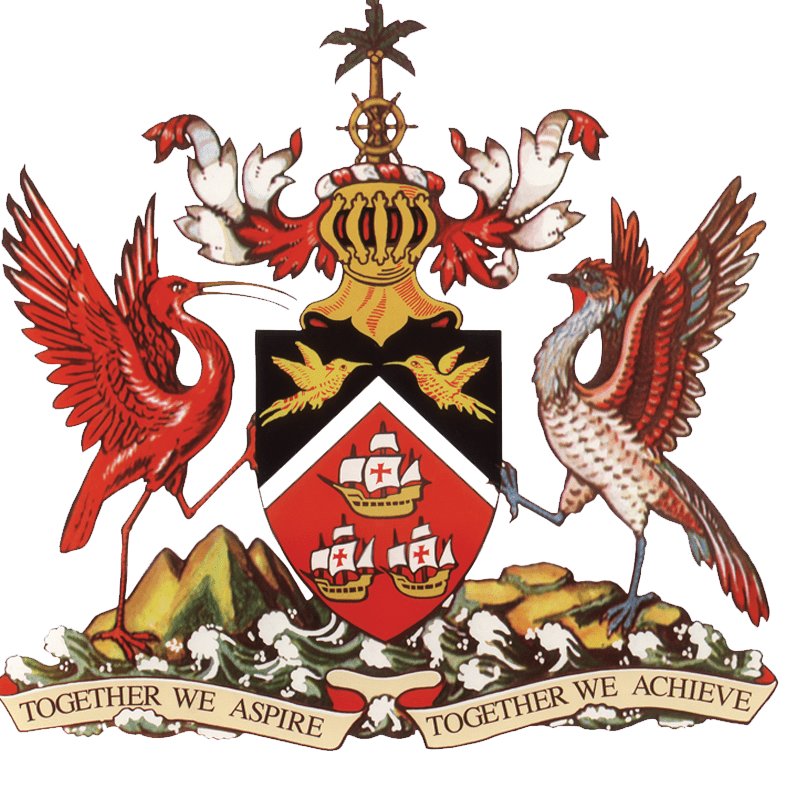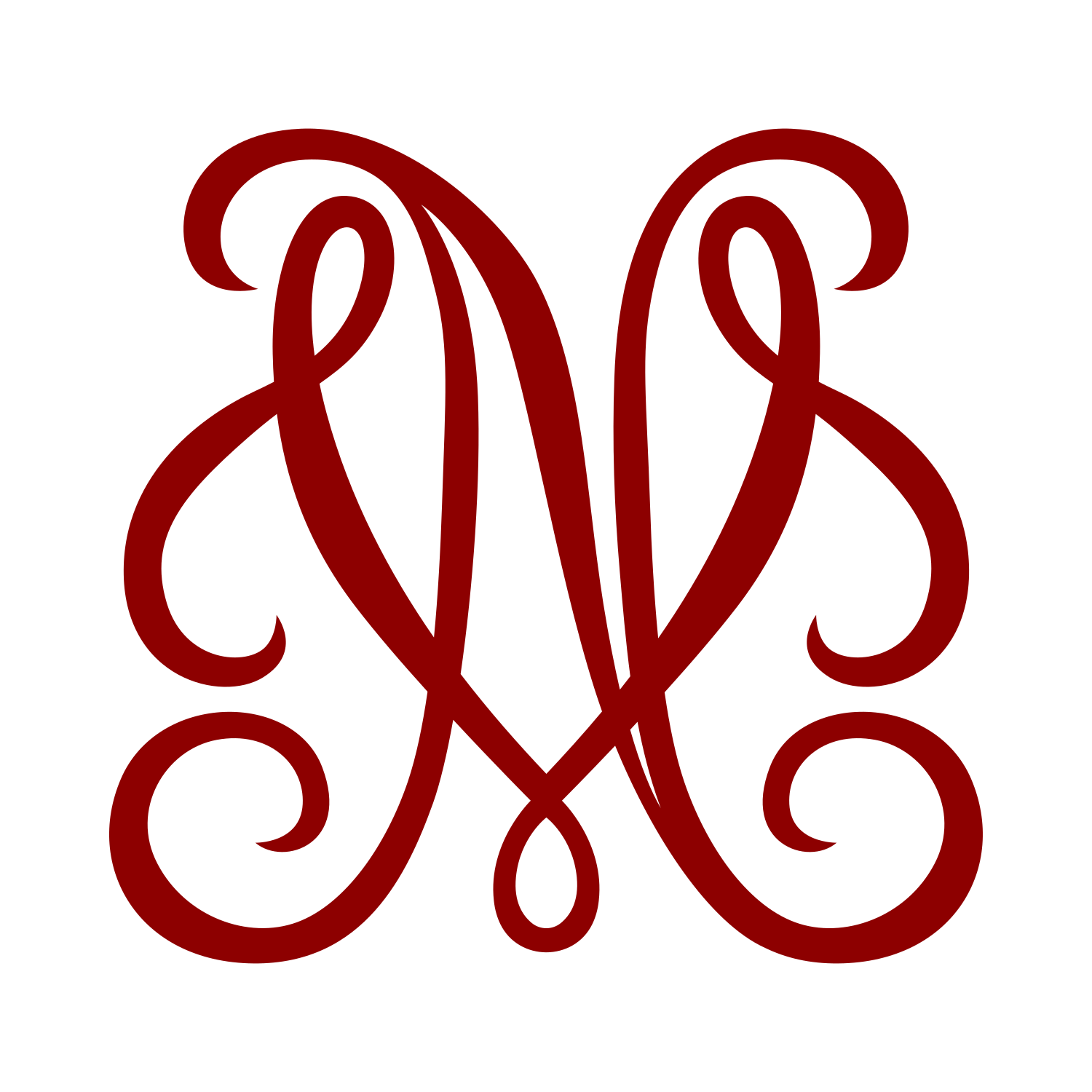Trinidad and Tobago has officially unveiled a redesigned version of its national coat of arms, making a significant departure from its historical depiction. The updated design removes the ships that were once associated with Christopher Columbus.
The original coat of arms, adopted in 1962 following the country’s independence, prominently featured three ships – Santa Maria, La Pinta, and La Nina – a nod to Columbus’ 1498 landing on the islands. The ships symbolized the European discovery of the islands, a legacy that many Trinidadians and Tobagonians recently have begun viewing as a painful reminder of colonization and the negative impacts on indigenous populations.

In August 2024, Prime Minister Keith Rowley announced at the annual convention of the People’s National Movement that his government planned to remove Christopher Columbus’s sailing ships from the coat of arms and replace them with the steelpan drum, the national musical instrument. A bill to do so was passed in the House of Representatives and Senate in January 2025, and received assent from the President of Trinidad and Tobago on 29 January. Gillian Bishop was tasked with the new design, which was unveiled on 19 January 2025. On 21 February 2025 the proclamation was issued giving effect to the new design, which came into use from 25 February 2025.

The crest depicts a ship’s wheel in front of a palm tree. This palm tree had always been the central figure on the Great Seals of British Colonial Tobago. The escutcheon is divided by a chevron and is comprised of the same colours as the nation’s flag – red, black and white – symbolizing fire, earth, and water. The two birds on the shield are hummingbirds. Trinidad is sometimes referred to as the “Land of the Hummingbird”. A gold steelpan, the national instrument of Trinidad and Tobago, with two pan sticks are featured below the birds. Supporting the shield are the scarlet ibis, the national bird of Trinidad, and the cocrico, the national bird of Tobago. The compartment depicts two islands arising from the sea. Below the scarlet ibis are three hills, representing the Trinity Hills in Trinidad, which, according to legend, convinced Columbus to name the island “La Isla de la Trinidad” after the Holy Trinity. The island rising out of the waters beneath the cocrico represents Tobago. Below is the nation’s motto, “Together We Aspire, Together We Achieve.”
Sources: Trinidad Express, Government of the Republic of Trinidad & Tobago, Life in Trinidad & Tobago, The President of the Republic of Trinidad and Tobago
